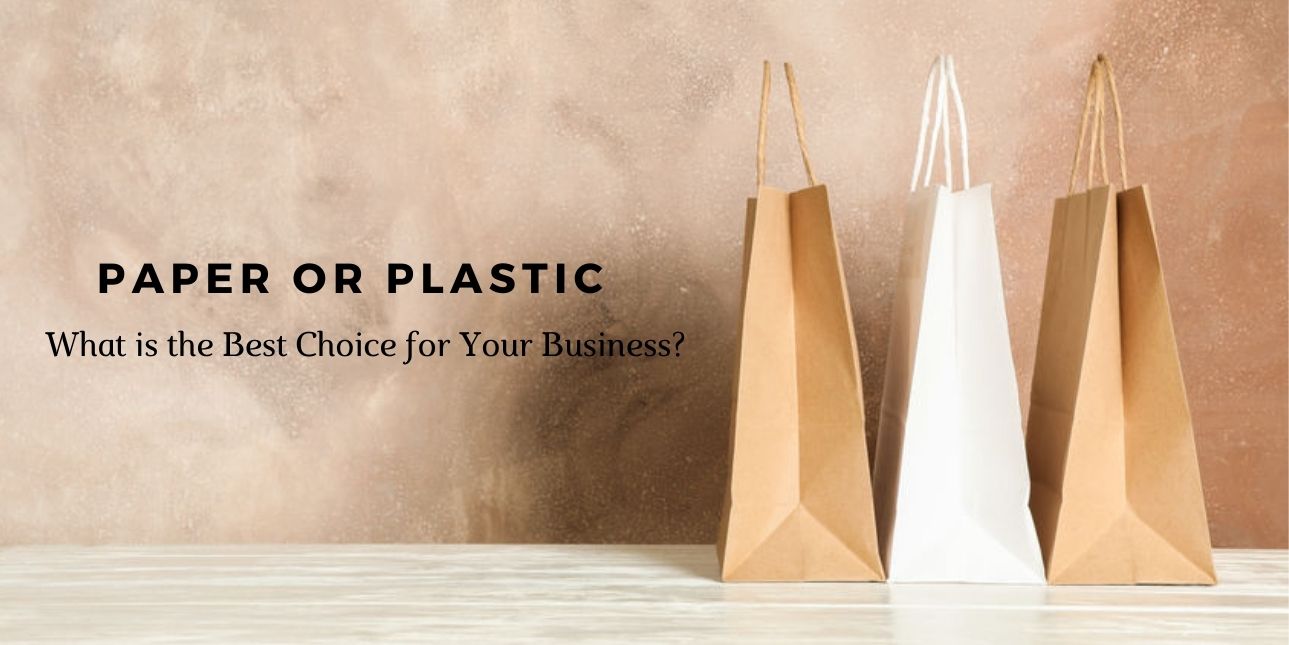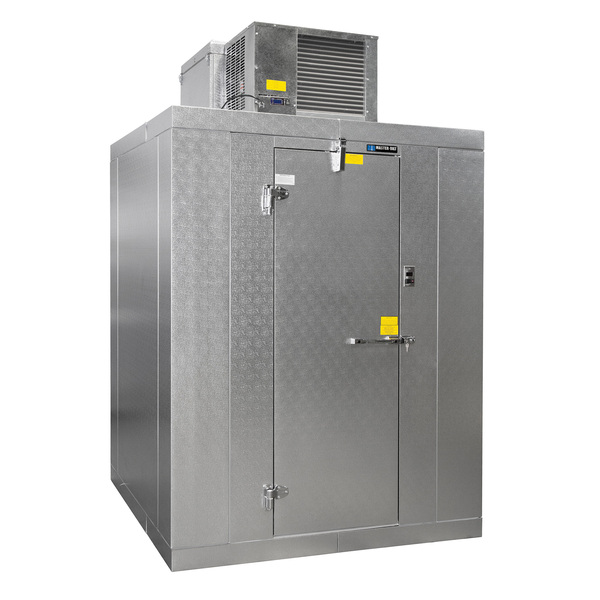Almost as important as having an excellent product is its presentation. Good packaging makes your food service brand instantly recognizable and goes a long way in making a lasting impression on the customer. Paper bags are a classic choice and are much in vogue these days, especially those with trendy brand labels printed on them. Plastic bags, on the other hand, are much more flexible in terms of use and can accommodate containers of various dimensions without much hassle.
Pros and Cons of Paper Bags
Pros:
● Paper bags are stiff and when standing upright, can display your brand and logo well and increase customer awareness of your establishment.
● They are made to hold higher volumes and weights of your product; paper bags are also sturdier in construction and less susceptible to ripping or tearing while carrying merchandise.
● Paper bags are entirely recyclable and biodegradable.
● Image also plays a major part in the modern popularity of paper bags. These are considered environment-friendly by most people (although there is a general debate on the production impact of paper on the environment) and this presents your establishment as a conscious, green brand.
Cons:
● Paper bags are not waterproof. Due to their porous nature, they absorb moisture easily, especially from cold containers and bottles from refrigerators, and may fail if they get saturated with water.
● The production cost of paper bags is higher than plastic, which is passed down to the establishment. Even with the enactment of “green laws” that incentivize the use of paper bags, these end up being more expensive than plastic bags.
● Paper bags are notably heavier than their plastic counterparts and if storage space is a problem, these might not be an ideal option.
Pros and Cons of Plastic Bags
Pros:
● Due to their non-porous nature, plastic bags are preferred for storage in situations where paper bags would not be an ideal option, such as storage in walk-in coolers, refrigerators and freezers.
● An important use of plastic bags, because of their non-porous nature, is waste disposal. Bacteria and other microorganisms do not thrive on their exterior and there is a lesser chance of contamination from the waste discarded in plastic bags. They don’t leak and are ideal in situations dealing with the disposal of fluid-saturated items from kitchens.
● The flexibility of plastic makes these bags an excellent choice for packing irregularly shaped items and numerous articles of varying dimensions, especially at establishments like supermarkets.
● Plastic bags can be used multiple times and for various uses such as reusing them at grocery stores, lining garbage cans, and pet waste disposal.
Cons:
● Plastic bags are non-biodegradable and are a common factor in polluting the environment when not disposed of properly.
● The enactment of environmentally friendly laws passes on taxes to the customer, who may not always have the choice of choosing between paper and plastic, and will end up paying extra for the use of plastic bags.
Paper Bag Types and Dimensions:
Paper bags are commonly produced in two colors - brown and white. The brown color bag is ubiquitous and seen almost everywhere from delis to grocery stores. White paper bags, on the other hand, can be used to give your bakery or specialty liquor shop merchandise a special flair, especially with a well-designed logo printed on them.
Dimensions: Paper bags come in various dimensions to suit the best needs of your business and can cater to a range of establishments like bakeries, grocery stores, boutiques, bookstores, and liquor shops. The capacity and measurements of these bags can vary according to the requirements of a business, although some general sizes are listed below:
● Lunch Bags: These have a capacity ranging from ½ to 5 lbs and dimensions of around 11” l x 3 - 5 ¼” w x 5 - 10” h.
● Grocery Bags: Capacities range from 2-25 lbs while dimensions range from 17” l x 4 - 12” w x 5-10” h.
● Liquor and Wine Bags: With varying capacities and length, depending on the product, these are usually 3 - 10” w x 11 - 16” h.
● Bread Bags: The capacities and length of these bags are also variable and sizes vary from 4 - 5 ½” w x 16 - 28” h.
● Produce Bags: The capacity for these is around ¼ - 1 pk. (1 pk. = 2 gallons or 9 liters) and size of 6 - 8” w x 8 - 10 ½” h.
● Merchandise Bags: The capacities and length for these vary according to the store with the other dimensions being around 6 - 21” w x 9 - 24” h.
The Use of Bags for Advertising
Both paper and plastic bags can have custom logos printed on them for a marginally higher price. This serves as free advertising and multiple uses of these bags keep the store in the customer’s consciousness. Grocery stores have employed this technique for a long time and almost everyone has a bundle of these bags in their storage for lining garbage cans and other uses. Trendy paper bags from fashion retailers look great, especially for gift giving, and don’t require further wrapping in fancy paper.
Paper or Plastic?
The choice between paper and plastic depends on the costs incurred and the image an establishment wants to project. Paper is considered eco-conscious in the general mindset, with laws being enacted by various local and state governments to encourage their use. The use of plastics is often penalized in the form of fines that are levied on the establishment and additional taxes that the customer has to pay. The truth, however, is that plastic bags may not be as bad as commonly thought. For one, they produce fewer greenhouse gases than paper bags during production. They also use less energy to manufacture and a minuscule amount of water as opposed to paper bags. Another factor to consider in the paper vs plastic debate is transportability. Paper bags are heavier and much less compressible than plastic, so the transportation costs incurred are higher with them, in addition to increasing their carbon footprint.
Ultimately, the choice comes down to the establishment to make a decision between paper and plastic. Paper is trendy, biodegradable, and ubiquitous. Plastic, on the other hand, has a worse reputation than it should actually incur. If disposed of and recycled properly, plastic bags can serve a utilitarian, multi-use purpose. Moreover, these are the better option for storing food long-term in walk-in freezers and refrigerators.








